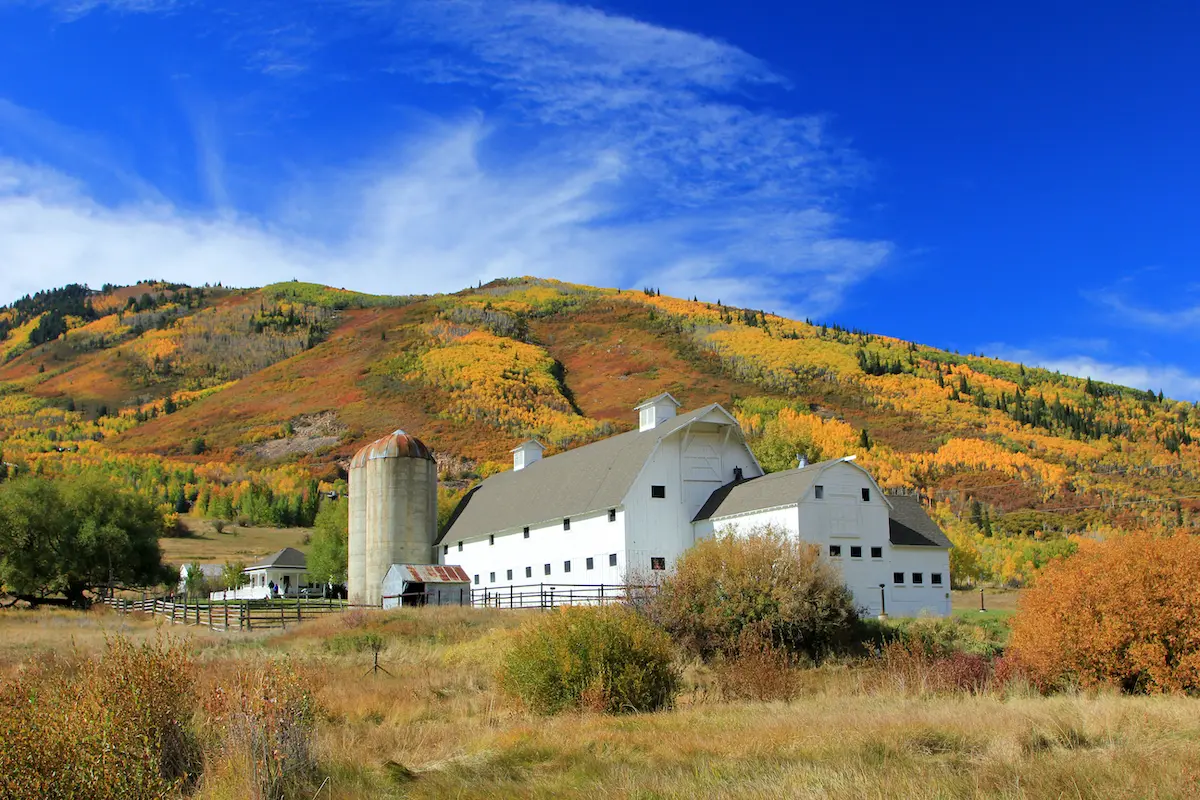The outbreak has had a number of (mostly devastating) effects on different industries and sectors. The limits of the healthcare system are being tested.
The economy has come to a grinding halt – with corporations and small businesses struggling. Education has been forced to adopt a variety of measures to keep its stakeholders safe while trying to continue its operations. Of course, agriculture has also been affected.
To understand what’s currently happening with this sector, a closer look into smaller agribusinesses is needed. According to the 2018 numbers of the United States Department of Agriculture (USDA), of the around two million farms in the country, 89.7 percent are classified as small family farms. These small agribusinesses use 47. 7 percent of farmland across the US.
Like all other small businesses, these small farms have been called the backbone of the American agricultural industry. They may be more important now than ever.
Increased Food Banks Demand
Because of how the population reacted to the outbreak, the Farm Bureau has reported an increase of as much as 100 percent for some food banks. Stocks are being emptied across the supply chain thanks to panic-buying and hoarding.
Farmers and ranchers are ready to bridge this supply gap, by working directly with food banks with the help of the USDA. This measure will ensure that farm-fresh food will go directly to families who need it the most.
It will also help farmers redirect their produce from the markets they’ve lost, like restaurants and tourism businesses. It will make sure farmers recover their production costs and are able to continue to deliver.

Health and Safety
But continuing operations now poses health risks to farmers, too. Here are some measures taken to avoid infection in farms according to the Farm Bureau.
- Arriving workers are being screened and distanced.
- Personal interactions are limited whether indoors or out on the field.
- Food delivery services are provided to limit the workers’ exposure to the community.
- Handwashing and sanitizing stations are set up in the field.
- Additional disinfectant supplies are provided for workers in their housing.
- Workers are being educated and updated regarding the development of the outbreak and how best to prioritize health and safety.
- Plans of action are in place to quarantine sick workers.
Financial Impact
Even before the outbreak, small farms have been feeling the financial strains of the economy. According to Time, issues like the trade war, severe weather patterns because of climate change, plummeting commodity prices due to globalization, political polarization, and farming corporations have led to hard times for these farmers. Farm debt is at an all-time high at $416 billion. The US has lost over 100,000 farms just between 2011 and 2018.
Covid-19 didn’t help.
One of the measures outlined in the recent Coronavirus Aid Relief and Economic Security (CARES) Act was to allot $9.5 billion to agricultural programs. USDA’s new Coronavirus Food Assistance Program is worth around $19 billion. Almost $360 billion have also been set aside for forgivable loans that small businesses can tap into.
Family farmers and small agribusinesses also have the option of accessing agricultural loans from community banks.
With the growing need for food and agriculture, these measures will hopefully be enough to keep the farmers above water.


